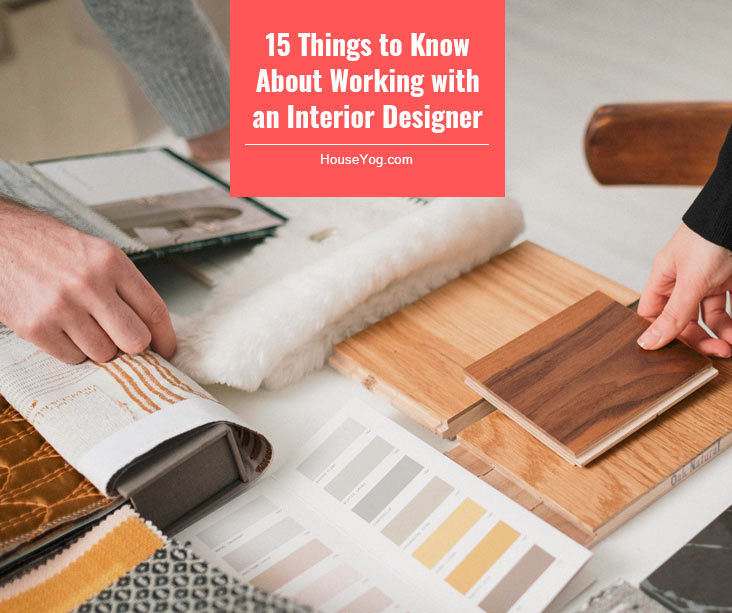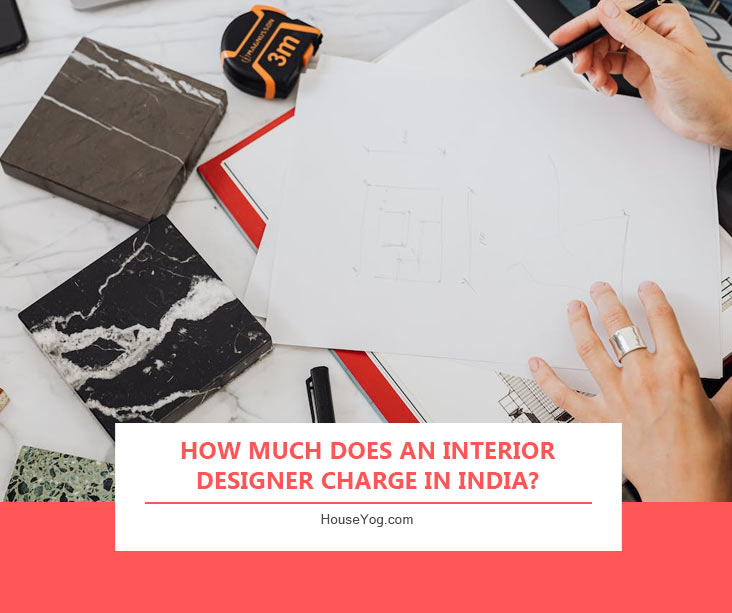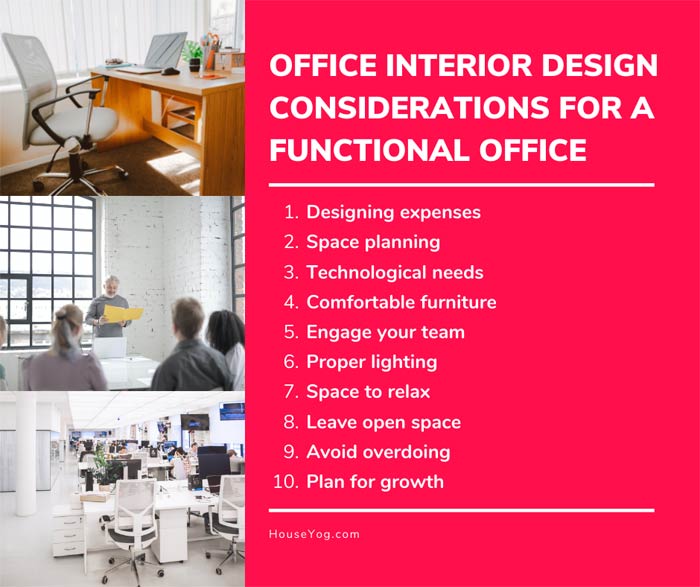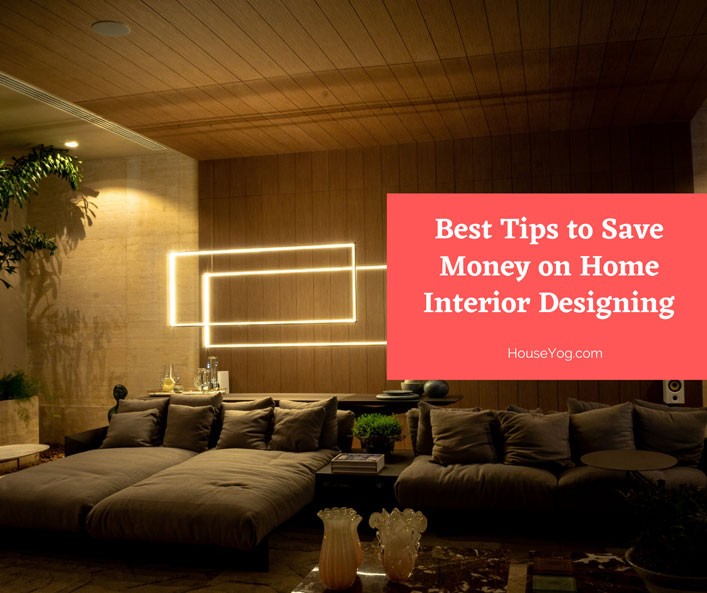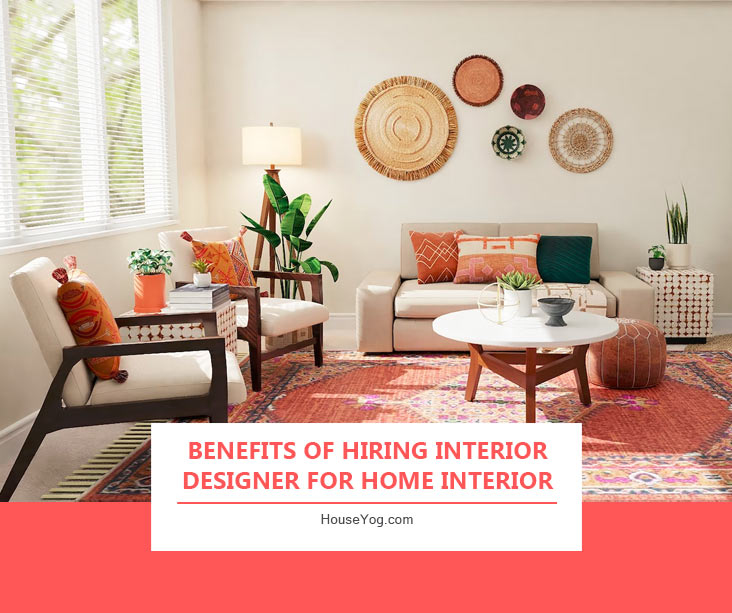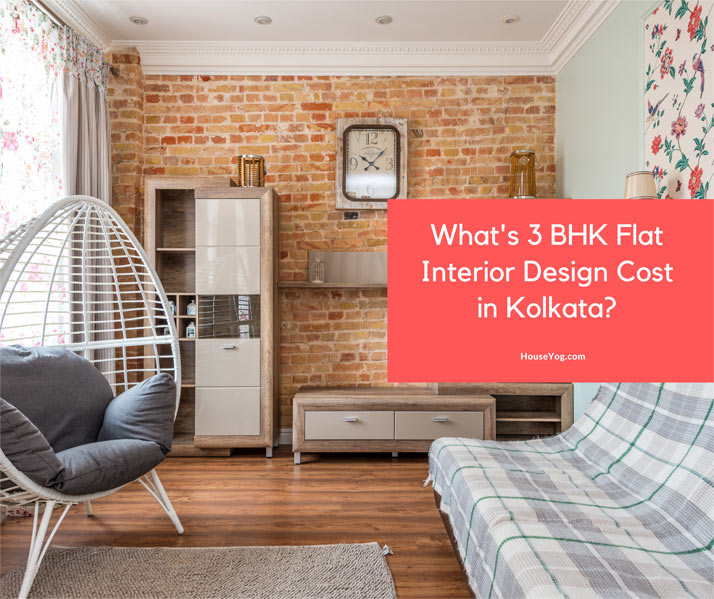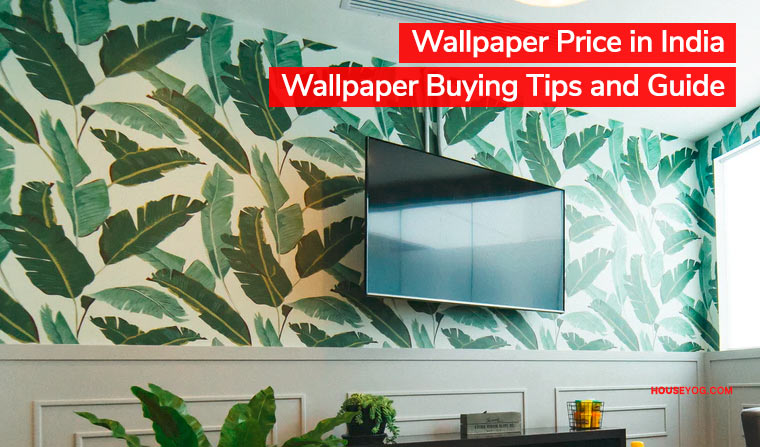Are you planning to design and decorate your home or office? If yes, then you are most likely going to work with an interior designer near you. Interior designers have amazing skills to transform any space. Whether it’s a home, office, shop, restaurant or any other space, the designers can quickly figure out what can be done to make the space look more functional and esthetically pleasing.
Designing and decorating a home can be fun when you have a professional interior designer by your side. They can design the space as per your need, space requirements, design preference and budget. However, to get the best value while working with an interior designer, they expect you to know certain things before starting the project.
So, before you get started with your interior designing project, you should prepare yourself well to get the most out of this collaboration.
Here are the 15 essential things you should know about working with an interior designer in India or around the world.
1. Spare time for meetings with the designer
While it’s true that the interior designer knows way more than a normal homeowner, you should spare time for meeting with them. In fact, it takes multiple meetings to brainstorm space layout ideas, design concepts, scope of work, interior design budget and project timeline. So be ready to engage well with interior designers to get the maximum value out of their design skills and experiences.
2. Share your inputs and ideas
Interior designers have a lot of knowledge and experience designing homes and spaces. However, for them, every design project is unique and requires a different approach and thought process. Help them design your home better by sharing your requirements, vision and ideas. No matter what, don’t shy away from sharing your vision, ideas and design styles and inspirations. Be it a cutting from the magazine, a bed head design, or the internal structure of the wardrobe; share it all with your interior designer.
3. Get inspired but take advice from your designer
It’s always a great idea to draw design inspiration from different sources. However, be flexible to take the words of the interior designer you are working with. You have hired an interior designer for their expertise and it’s not fun to not hear them. It’s normal for a homeowner to get carried away with certain designs. However, don’t forget that the design you are drawing your inspiration from may not work in a smaller space or room like yours. So, if the design team is suggesting something, then hear them out. After all, they also want to design a beautiful space for you. And if they are objecting to something, they must have a solid reason for that.
4. Brainstorm multiple design ideas
One of the biggest advantages of working with a professional interior designer is that they can help visualize your space in multiple ways. Before they get to the actual execution work, they will brainstorm multiple layouts and design ideas. So, spend a good amount of time analyzing those concepts. Don’t hesitate to share feedback, changes and enhancements as you may feel. This helps you as well as the interior designer to get the space designed your way.
5. Define a detailed scope of work
An interior design project may involve several tasks like false ceiling, plumbing, electrical alterations, installations and fixings, paint, wallpaper, civil work and so on. Each of these tasks has different implications for the overall delivery timeline and project cost. And a well-defined scope of work, material specifications, costs and expenses can save a lot of confusion and disputes.
6. Know that it’s a teamwork
Designing beautiful homes and spaces is not easy. It requires a lot of planning, preparation and solid execution to make a space functional and look good. Although the interior designers will take the lead, you should engage with them, and share your inputs, ideas, enhancements etc. This is teamwork, so work with your designer as a team member to get the maximum value.
7. Things may go wrong
As you already know that there will be multiple teams and contractors or subcontractors working on your home or office interior design projects, and sometimes things may go wrong. However, the good news is that there is nothing that can’t be fixed. So, be a little practical and accept that everything may not go as expected, and there may be glitches and errors here and there which can definitely be fixed and sorted.
8. Trust your interior designer
Before starting an interior design project, it’s important for you to trust the expert interior designer you have chosen to work with. While brainstorming design concepts and ideas, interior designers put in a lot of effort and time. They consider many things including quality and costs before suggesting something. So trust them for their knowledge and expertise. However, if there’s anything that you are unsure about, just let them know so that they can explain and convince you.
9. Be flexible with budget
No amount of project planning can ensure that there will be no change during the execution. Irrespective of the number of site visits and detailed drawings, sometimes you as a client may like to change something. Sometimes, it could be the change of size for a unit, sometimes a change in material, colour or something else. Some of these changes may have implications on delivery time and project budget. So be willing to discuss, understand and negotiate and conclude the price and timeline for such ongoing changes that may come during the execution.
10. Leave the space empty
The interior designer crew requires space to work efficiently and peacefully. If it’s a new and empty flat, then the team can work efficiently. However, if you are renovating a house then it would be better to empty the house and give it to them for 6-8 weeks. It’ll help the interior design team work efficiently and complete the project on time.
11. Use the resource of interior designers
If you are working with an interior designer, then it’s better to use their vast network of suppliers, dealers and value-added service providers sub-contractors) for any such job. For instance, you may like to get the anti-termite treatment done before starting the work. In such cases do check with your interior designer if they have any preferred vendor. Usually, it costs less and you can also compare prices from your own vendor, and then take a call on hiring. It’s better to hire subcontractors through your interior designer; they have a strong network of highly vetted and recommended people in the trade.
12. Engage well with the interior design team
Sometimes the homeowners don’t get engaged during the execution. However, you should spare time to engage with your interior design team. There are many decisions where your involvement may be vital. From smaller enhancements to minor alterations here and there, choosing the colour of fabric to select the chandeliers, your engagement can be vital for the successful completion of the project.
13. Cooperate with the execution team
During the project execution, the interior design crew members may need your help and assistance. Sometimes, society won’t allow them without your permission. At other times, they need your consent. In some situations, they need you to procure something that needs installation and only then they will be able to carry out their work. For instance, if you are planning to install a home theatre system, then you have to call the supplier to inspect the site and instruct about the wiring. Only then, the false ceiling guys can complete their work. Similarly, if you want cable based home automation system installed, the supplier needs to visit the site and advice on wiring. There can be many such cases. So, try to be available as and when they need your help.
14. Have patience
Executing an interior design project can take weeks. It may involve multiple contractors, subcontractors, suppliers and vendors. Sometimes, things may not work for some technical reasons. At other times, there will be delays due to the unavailability of some materials. But, that’s natural and you can’t have control over everything. Consider this as part of the project execution process. So, instead of getting irritated and overwhelmed, have patience as that’s the best way to get things done smoothly.
15. Enjoy the interior design and build process
While working with an interior designer, it’s important for you as the owner to enjoy the process. After all, they are working hard and doing everything to ensure you get the best out of this interior design project. So collaborate well, have fun and enjoy the process while your home or office is being designed and decorated by them.
Conclusion – working with an interior designer
Working with an interior designer can be fun when you know certain things upfront. Be it design ideas, finalizing the scope of work, material specification or setting up the budget, the interior designers can help you get it all right. However, that requires working as a team and collaborating with an open mind. We have managed hundreds of interior design and execution projects and I can tell you we want our customers to do certain things that I have already discussed above.
What else do you think a homeowner should know about working with an interior designer?
Share your thoughts and ideas by commenting below.
